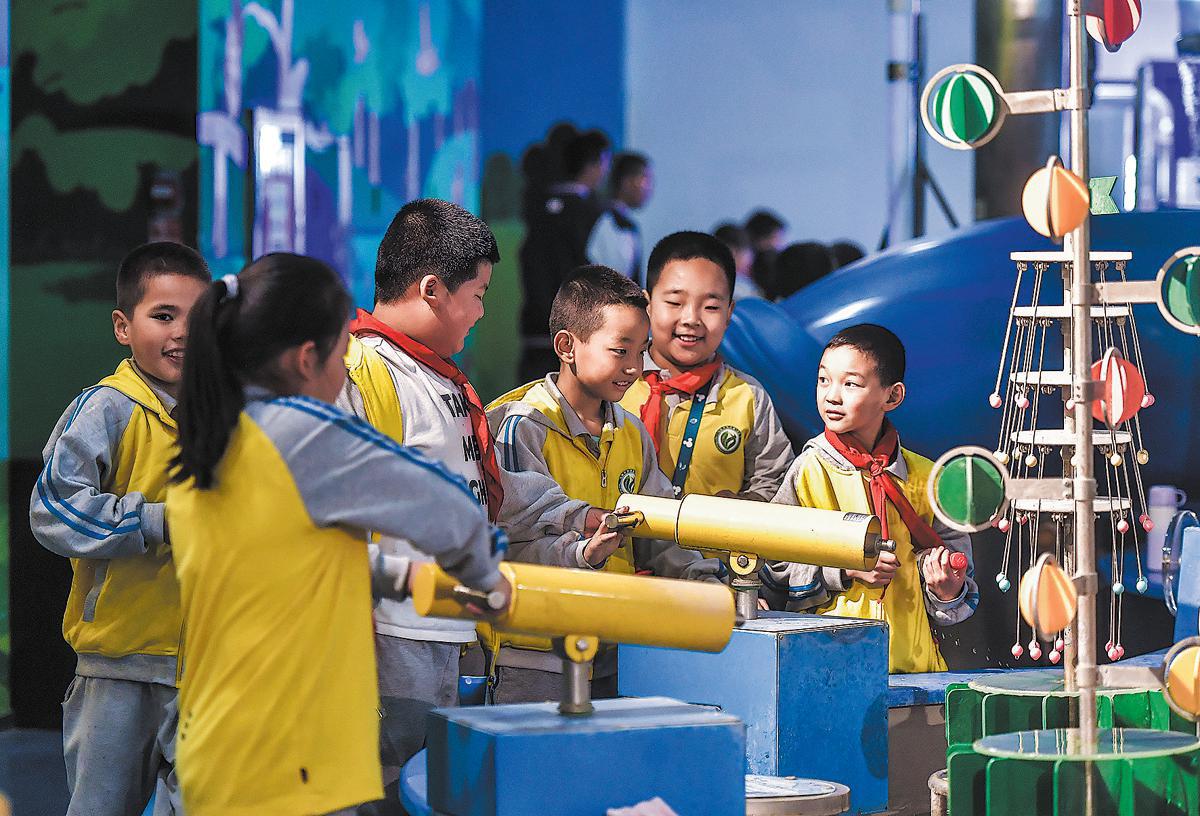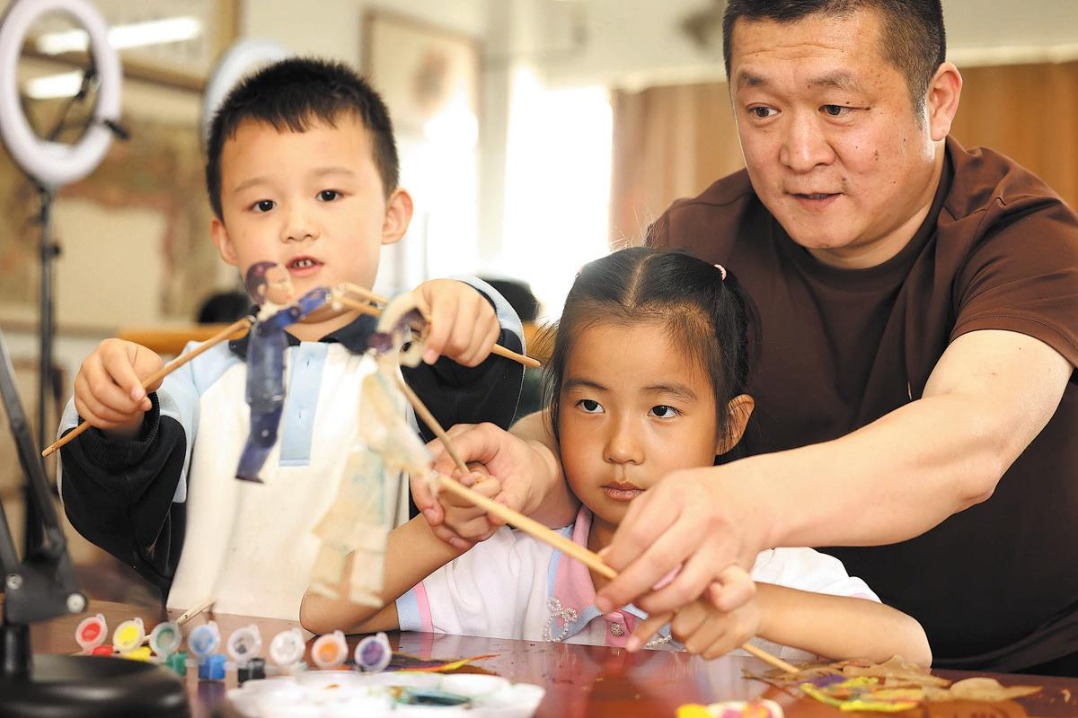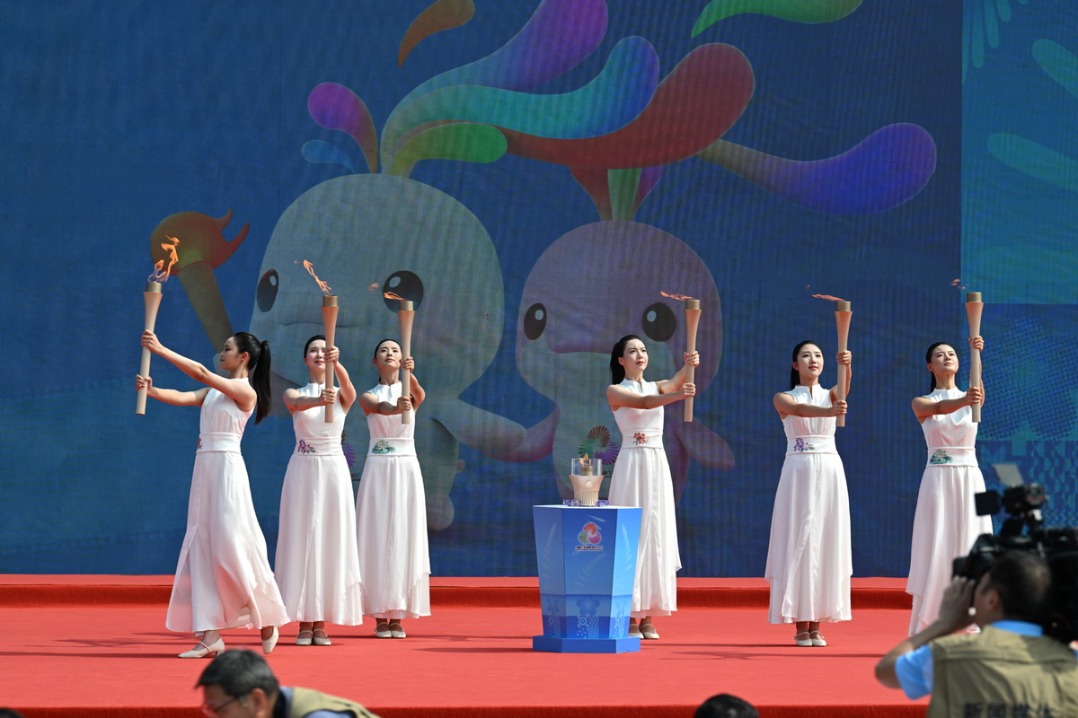Xinjiang encourages kids to get excited about science
China holds first national popularization month dedicated to scientific endeavor


Science literacy is an important tool for any nation to invest in, shaping how future generations not only understand the world, but also how they build it.
Western China's Xinjiang Uygur autonomous region, in particular, is investing heavily in making science education more accessible for young people by fostering handson learning, critical thinking, curiosity and creativity.
There are 66 museums in Xinjiang, according to analytics platform Poi Data, with several more under construction.
September was designated as China's first-ever National Science Popularization Month, and a particular focus of the initiative is to bridge regional gaps in education.
At the Xinjiang Geology and Minerals Museum in the regional capital Urumqi, students learn about the magic of the materials that make up the Earth and the secrets of the stars in the sky. During one public lecture, a young participant scrawls in her notebook: "Mars is red. Jupiter is the big brother."
At the Xinjiang Natural Museum, specimens of animals, plants, bones, bird eggs and soils are gazed at by school groups. During experiment activities, children don white lab coats and goggles, and take on the role of fossil restoration specialists.
At the Xinjiang Science and Technology Museum, young visitors are immersed in simulations of earthquakes, fire evacuation and deep-sea exploration, learning hands-on about science and safety.
"Combining science communication with children's education is not just about conveying knowledge, it's about helping children understand the nature of life, and more importantly, about cultivating scientific thinking and spirit," said Wang Huwen, director of the Xinjiang Natural Museum.
























